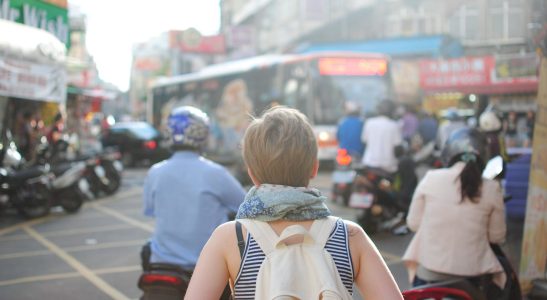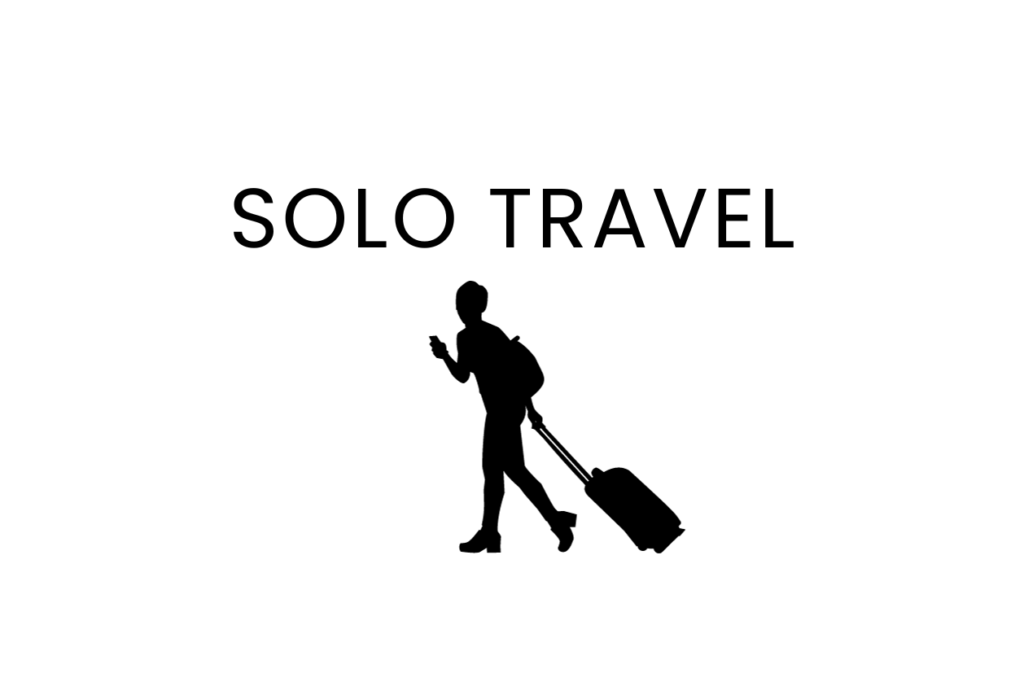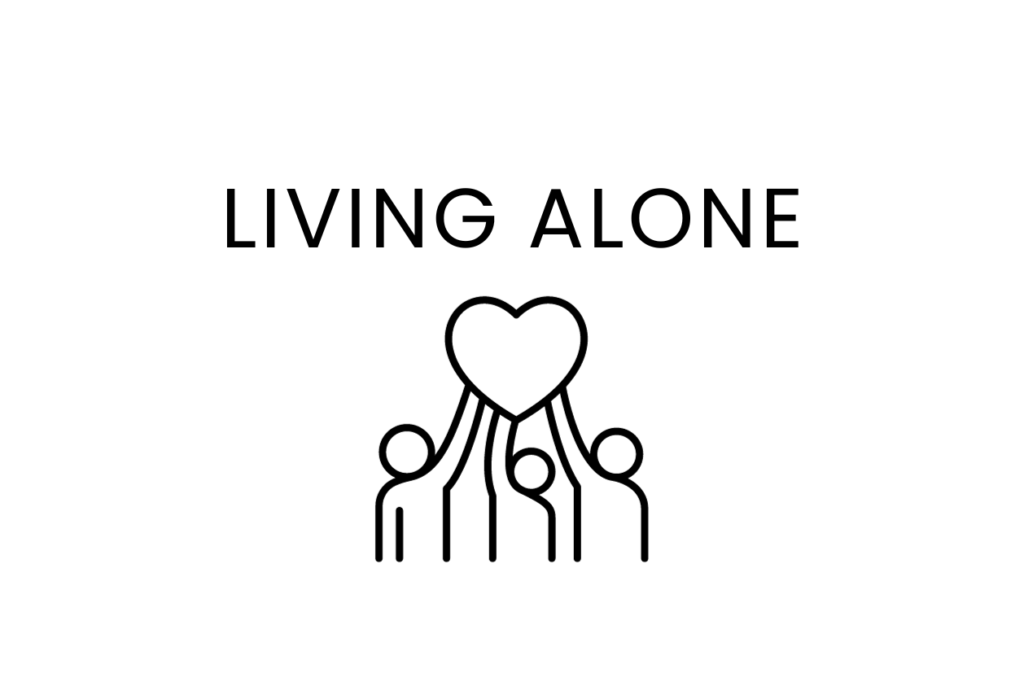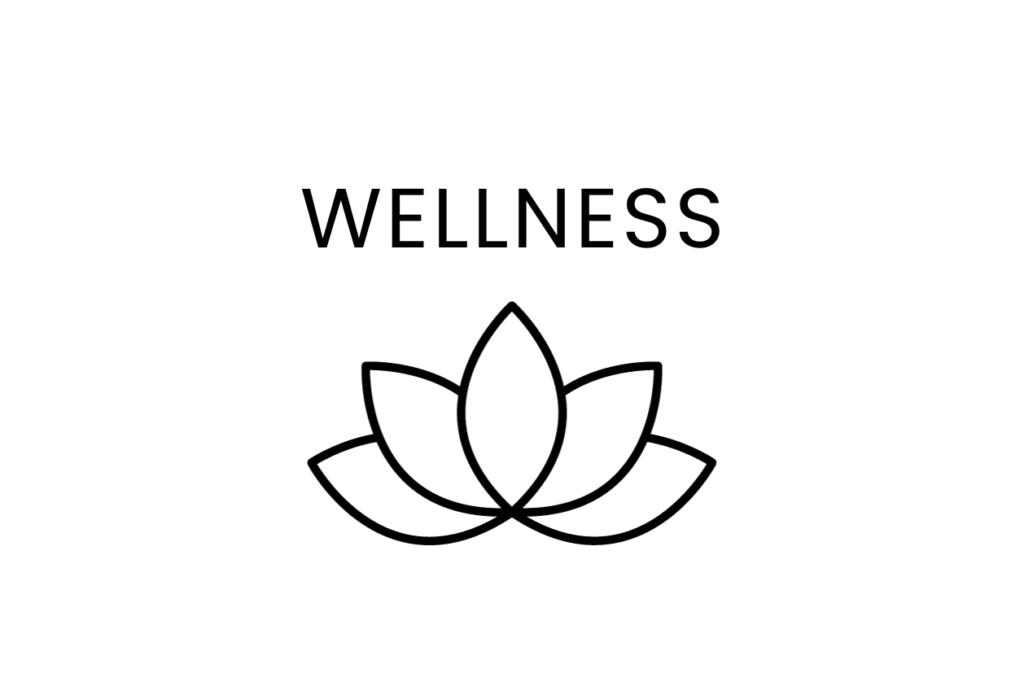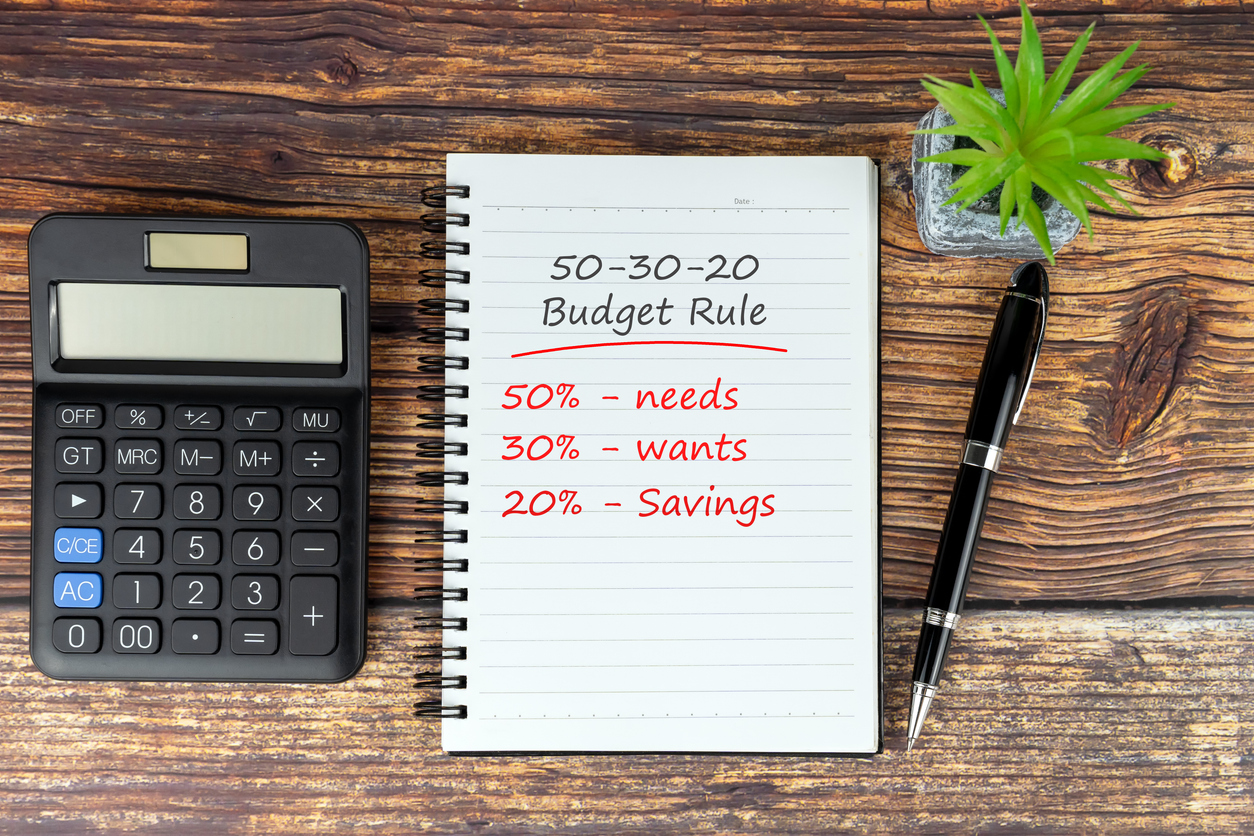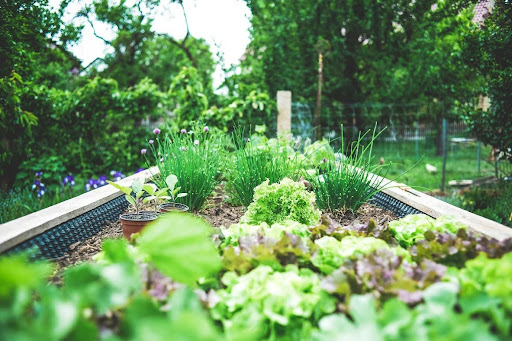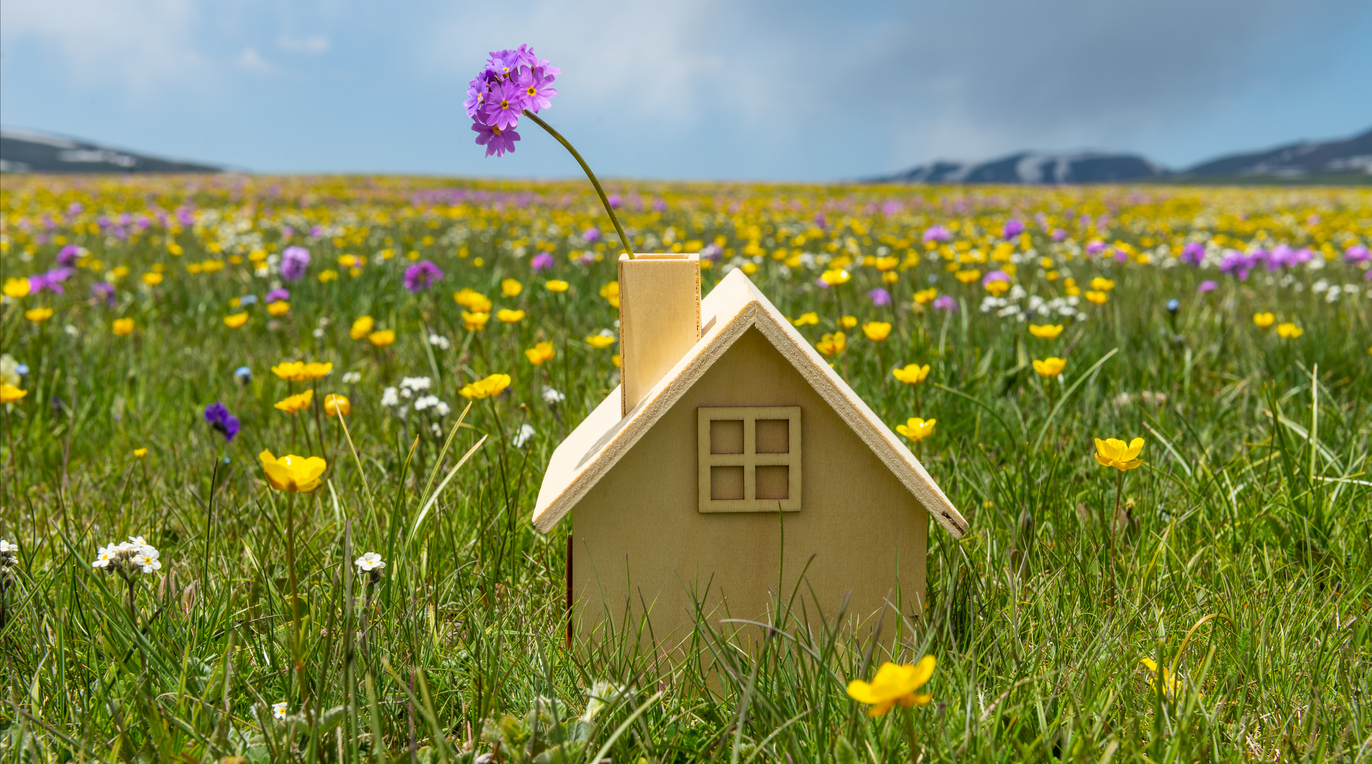Tibet is a mysterious place, and many solo travellers may be wondering whether it’s safe to explore alone. The short answer is yes! Visiting Tibet solo is often one of the most rewarding experiences in a traveller’s life.
While many of the rules are similar to those when travelling in China, there are certain things to keep in mind while travelling through Tibet. Here are five top questions that solo travellers ask about visiting Tibet.
Top 5 Tibet Travel Questions Answered For Solo Travellers
Solo Travel | 2oth November 2021 by Yolanda O’Bannon
Tibet travel expert, Yolanda O’Bannon, shares her top tips for solo travellers looking for a safe and happy adventure to Lhasa and beyond.
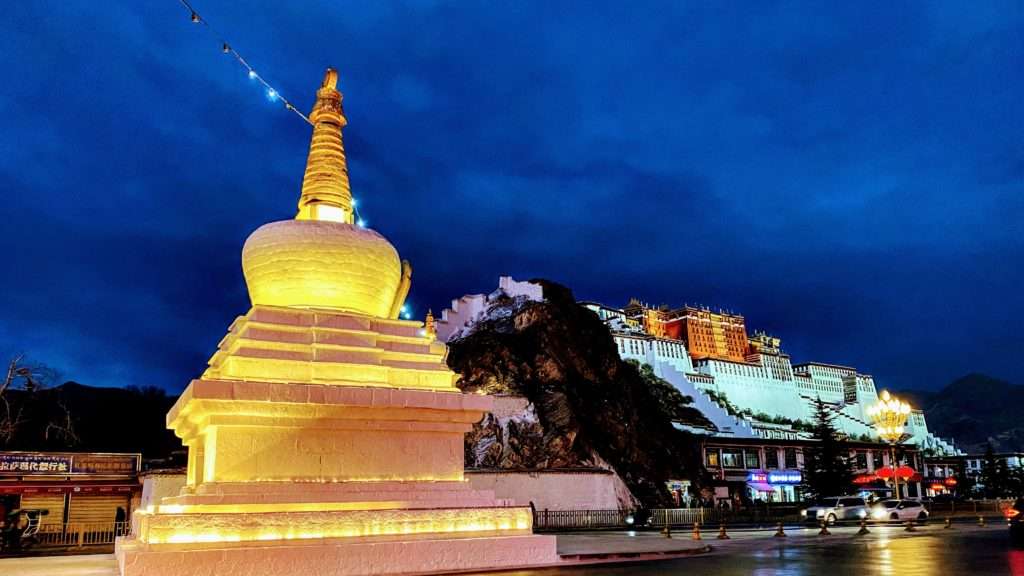
Tibet is a mysterious place, and many solo travellers may be wondering whether it’s safe to explore alone. The short answer is yes! Visiting Tibet solo is often one of the most rewarding experiences in a traveller’s life.
While many of the rules are similar to those when travelling in China, there are certain things to keep in mind while travelling through Tibet. Here are five top questions that solo travellers ask about visiting Tibet.
1 Do you need a special visa for Tibet?
You don’t need a visa to travel to Tibet, but you do need a permit. Except for February and March, Tibet is generally accessible to foreign tourists. Both a Chinese visa and a special Tibet permit are required to enter. It is a frequent misconception that you need a separate visa for Tibet. In reality, there is no such thing as a Tibet visa.
You will need a Chinese visa to visit China, and this can be organised by yourself at a Chinese embassy or consulate in your native country.
As mentioned above, a Tibet travel permit is required to visit the Tibetan Autonomous Region (TAR) along with your Chinese visa. This is the region where Lhasa and Mount Everest are located. A Tibet travel permit is something that only a registered Tibet travel agency can handle for you. (Be sure to hire an authentic Tibetan-owned agency – don’t be fooled by Chinese agencies pretending to be local and Tibetan-owned).
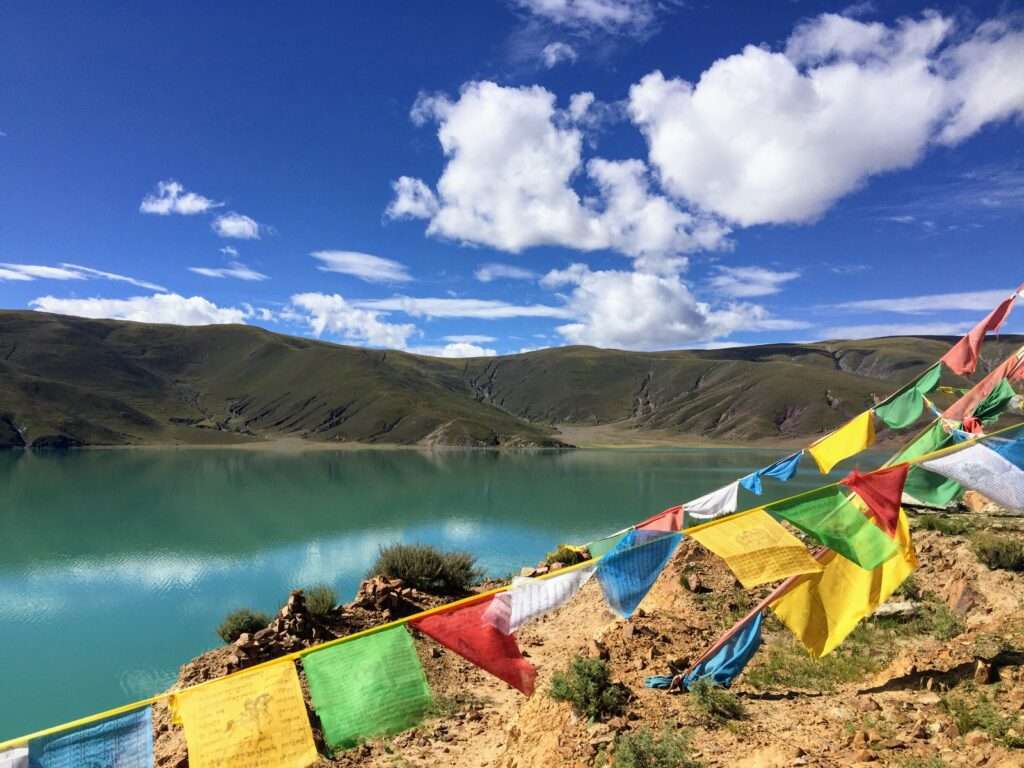
2 How can I stay safe in Tibet?
Tibet is definitely safer than many other places in the world, but you should still take precautions while visiting.
Driving safety
We had a near-accident in Eastern Tibet some years back and it could have been avoided.
The accident happened at night when our driver had already been driving for several hours. We were afraid the driver was going too fast on a winding, hilly route before the incident. We didn’t say anything since it felt odd to speak up.
We almost missed a sharp turn by a bridge and slid on gravel to the very crumbling edge of an over drop by a river, all within the space of just a few minutes.
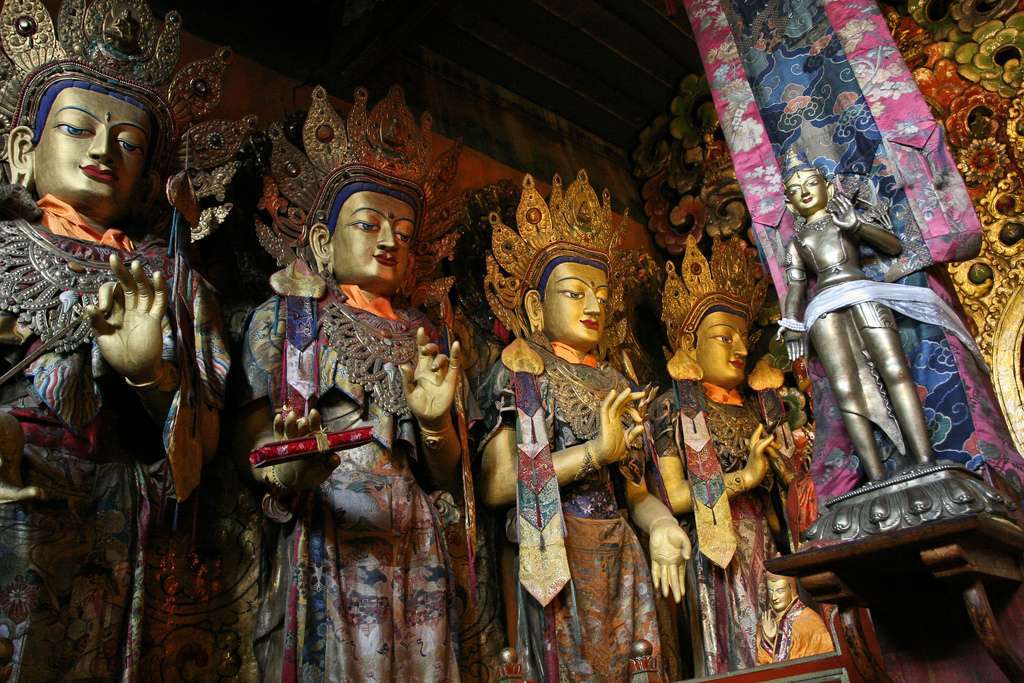
Here are our lessons learned:
1) Determine ahead of time with your agency or tour organiser a fair number of hours per day for your driver, including rests.
2) If you are uneasy about the driver’s driving, speak up. You’re a client and a passenger, and you have the right to feel safe.
In the winter, and on any high pass at any time of year, you’ll need either a four-wheel drive or chains for your car.
Make sure your driver has chains since it’s rather expensive to hire a four-wheel-drive these days in TAR.
Animal safety
If you’re travelling to remote regions where there’s a chance you won’t be able to access the Rabies Immune Globulin, a component of the rabies series a person receives after a bite, see your doctor about getting rabies vaccinations before you travel.
In smaller towns and villages throughout Tibet, there are many stray dogs, and visitors in more remote regions are at risk of being bitten, especially by dogs guarding yak herds or nomad homes. (Lhasa or other cities or larger towns don’t tend to be a problem.)
We used an ultrasonic dog repellant gadget that sends a sound to dogs that only they can hear and dislike. Some dogs didn’t appear to care, while others fled the area.
The majority of the dogs in towns and around monasteries are calm, but it is a good idea to watch them, especially in remote areas.
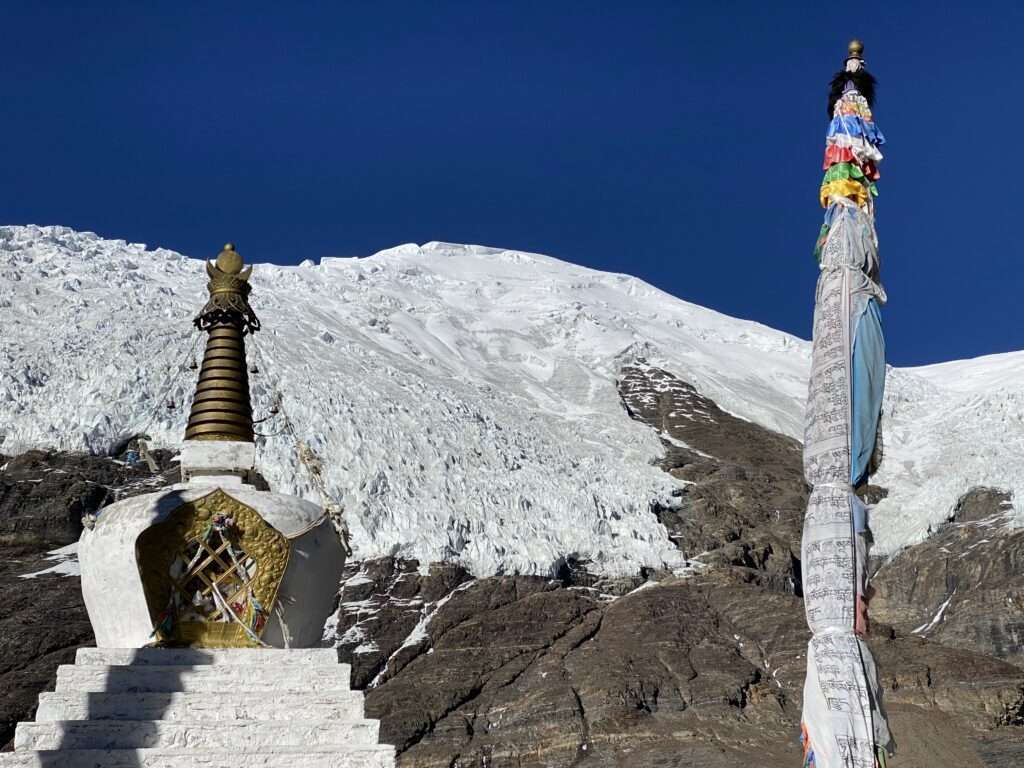
Food safety
As the old travelling slogan goes, cook it, boil it, peel it, or forget it!
Eat food cooked in your presence and still hot when served as street food. On the other hand, the loaves of bread sold every morning at roadside stalls throughout Tibet seemed fine, even if they were not baked just then.
Only use boiled, treated, or bottled water to brush your teeth and drink. Coffee, tea, and hot water are all acceptable when served hot.
In Tibet, you may get diarrhoea or constipation even when following these essential eating and drinking rules.
See a travel doctor for hard-core stomach issues and prescription medications. We also brought over-the-counter antidiarrheal tablets (Immodium).
You should also be aware that constipation can be as dangerous and frustrating as diarrhoea in Tibet. We believe it’s due to chronic dehydration. We consume a lot of water, and we bring fibre packets and Miralax to assist with the flow.
If you become sick easily while driving, you might want to carry some motion-sickness medication with you.
Now that you know that it’s relatively safe and easy to travel Tibet on your own, you may be wondering…
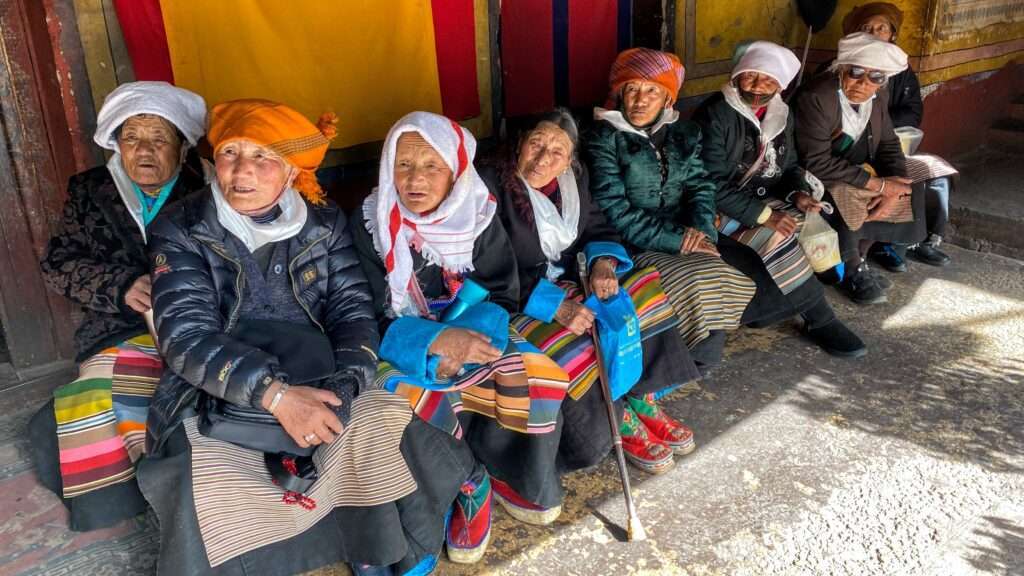
3 Can you travel independently in Tibet?
Sadly, no, you cannot travel to Tibet independently.
To visit the Tibet Autonomous Region (TAR), you must be part of an organised tour through a properly registered and accredited tour agency in Tibet.
The good news is that your organised tour may be a private one with just you or a group of friends or family.
Please let me know if you want us to suggest a Tibet travel agency for a group or private excursion.
You can travel independently outside the TAR, such as in large sections of Kham and Amdo’s Eastern Tibetan regions.
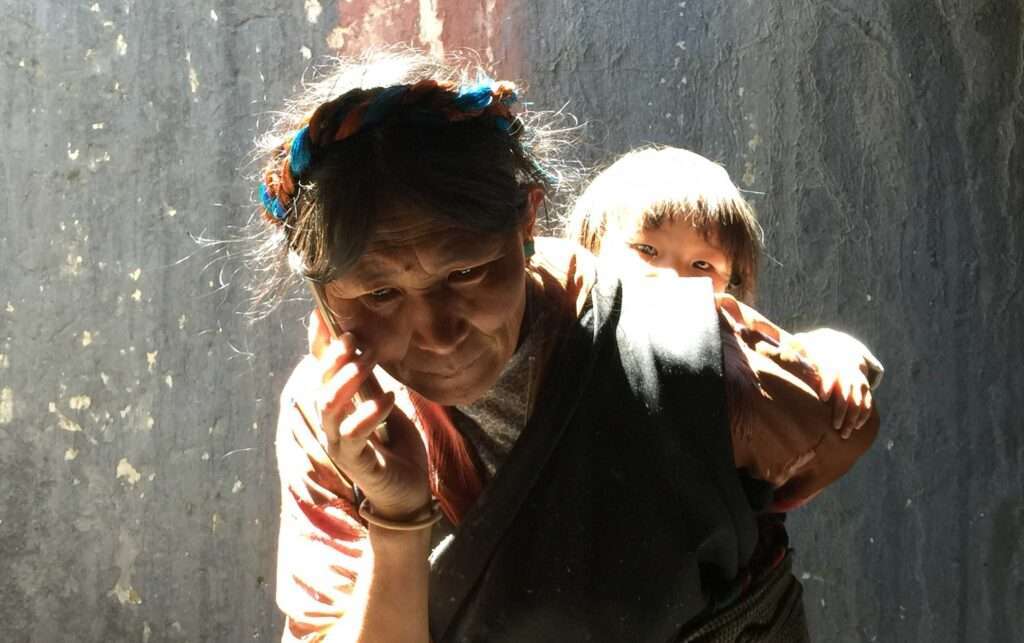
4 How to avoid altitude sickness in Tibet?
Altitude sickness is a concern for anyone heading to Tibet, with an average elevation of 4,500 metres/ 14,750 feet.
The good news is that there are a few easy things you can do to avoid altitude sickness from ruining your trip.
In a nutshell, we recommend:
- If you’re going to Lhasa, Xining, or other high-altitude areas, stay at an intermediate elevation for a few nights on the way.
- Taking the train from Xining to Lhasa.
- Diamox is the only proven altitude sickness prevention drug, so you should ask your doctor or a travel doctor if you are a good candidate for it.
- When you get to Lhasa’s high altitude, allow at least a few days for rest.
- Ascend to higher elevations by following established acclimatisation standards.
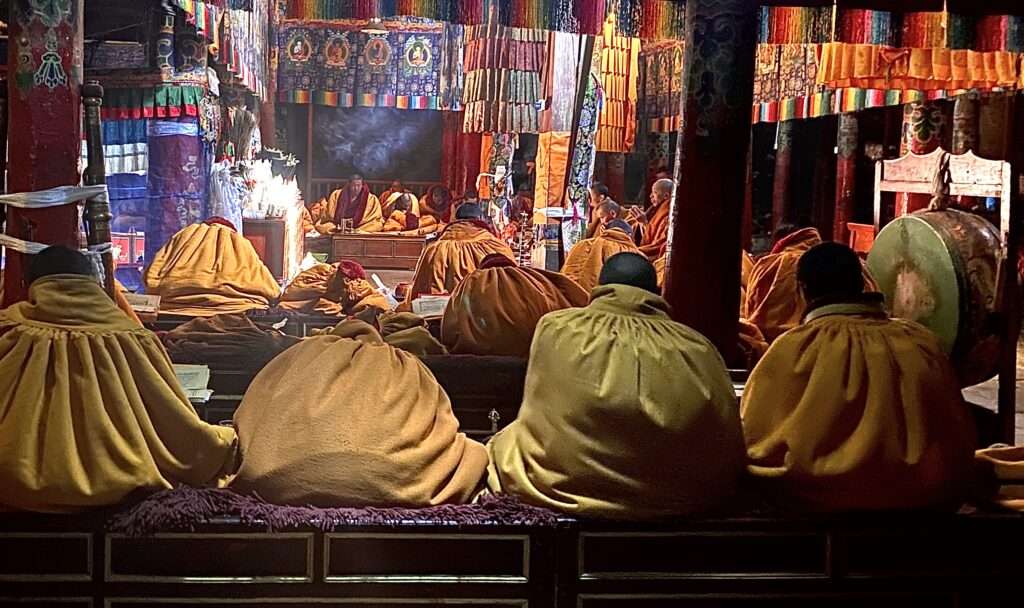
5 How to save money while travelling Tibet alone?
It’s not feasible for most people to visit Tibet on a small budget. The Chinese government’s various travel rules and limitations make this difficult.
You can save money by:
- Travelling in winter: winters are pretty cold but not as cold as you may think. And winter offers lower prices and fascinating local culture in and around Lhasa.
- Avoid single supplement expenses by sharing a room with another traveller.
- Going with a group: travelling in Tibet can be quite expensive. However, by joining a group tour, you may help to keep your expenditures low.
Three of the most popular group tours are:
- Lhasa Highlights
- Everest Base Camp
- Mount Kailash (if you have at least two and a half weeks to travel).
You can easily join a group to share the fun during any of the tours mentioned above.
Hopefully, this article will help you steer clear of the more challenging aspects of travelling to Tibet on your own.
Yolanda kindly provides all photos.
Share this post:
Hear from Solo Living now and then by signing up to our mailing list




